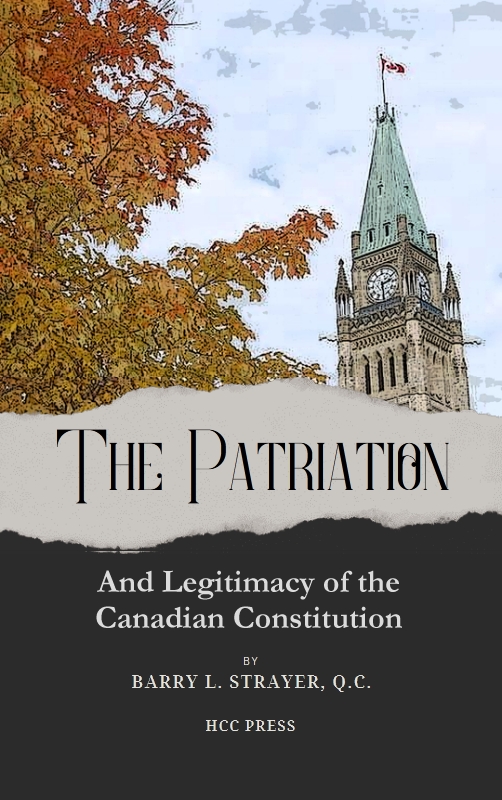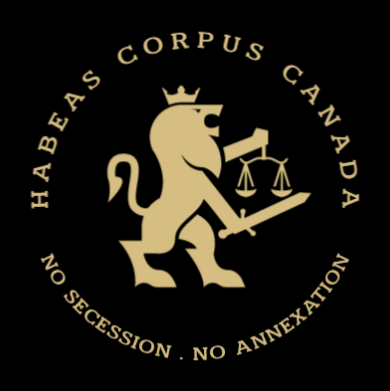Dominion unless that law expressly stated that the “Dominion has requested, and consented to, the enactment thereof. This meant, in effect, that the United Kingdom Parliament would not legislate for any Dominion without the Dominion’s request and consent, and a law that failed to confirm that there had been such request and consent could be legally ignored in that Dominion. This, as I say, was the general rule for any law-making by Westminster for any Dominion.
However, section 7 of the Statute of Westminster, 1931, which was introduced at our request, provided a special rule for Canada with respect to future British laws amending the British North America Act. What it said, in effect, was that nothing in the Statute of Westminster was to apply to such amendments or, in other words, section 4 was not to apply with respect to amendments to the Canadian constitution. The purpose of this section was to preserve the status quo which involved the special practice requiring a Joint Address from the Senate and House of Commons of Canada before Westminster would make such amendments for us.
To recapitulate then, after 1931 future British statutes generally would have no legal force in Canada unless Canada “requested, and consented to” the adoption of these laws, but there was no clear rule that such consent had to be given by our Parliament. On the other hand, by section 7 of the Statute of Westminster, British statutes amending the British North America Act would continue to be adopted in London only on the basis of an address from the Senate and House of Commons of Canada.
When we were drafting the Canada Act it appeared to us that we would have to comply with both s. 4 and s. 7 of the Statute of Westminster. First, with respect to s. 7, we were clearly amending the British North America Act and therefore we would have to invoke the procedures contemplated by s. 7 — that is, a Joint Address by the Senate and House of Commons of Canada. This procedure was carefully followed. The parliamentary nature of the Canadian request for the Canada Act was emphasized in the ceremony at Rideau Hall the night of December 8, 1981, when the Speakers of the Senate and of the House of Commons, assisted by the Clerks of those Chambers, presented to the Governor General the Joint Addresses of the two Houses. The Speakers requested the Governor General to transmit these Addresses to The Queen, and they were duly delivered to Buckingham Palace the next day by the Secretary to the Governor General. You will note that the preamble to the Canada Act, which was subsequently adopted, contains the traditional recitation that “the Senate and the House of Commons of Canada in Parliament assembled have submitted an address to Her Majesty requesting that Her Majesty may graciously be pleased to cause a Bill to be laid before the Parliament of the United Kingdom” to enact the provisions which follow. Thus the traditional processes as preserved by section 7 of the Statute of West-

